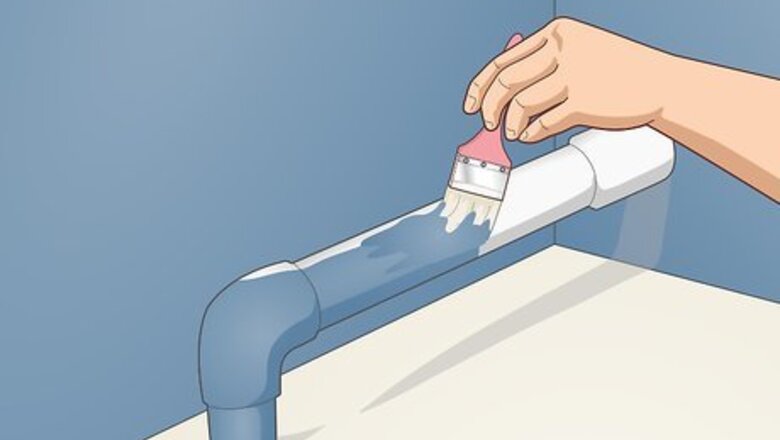
views
Disguising Your Pipes
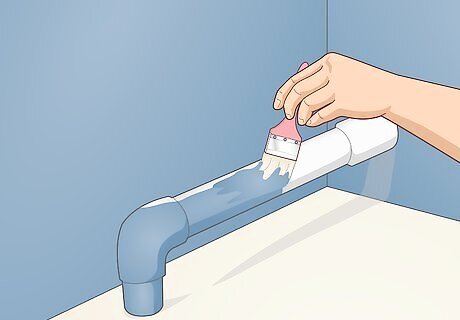
Paint your pipes the same color as the wall to hide them. Find a paint color that matches your walls and buy a can of it. Use a paint brush to add some color to your pipes so that they don’t stand out so much against your wall.Tip: If you can’t find the exact color of your walls, scrape off a small chip of paint with a box cutter and take it into a hardware store to get color matched. If you want to emphasize the industrial look of the exposed pipes, you can paint them a complementary color so they really stand out.
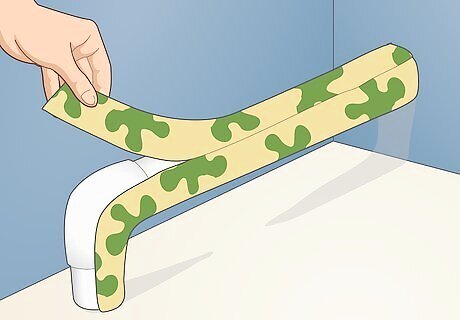
Wrap your pipe in a decorative pipe cover if it’s small. You can purchase a wooden or plastic cover for your pipes at a hardware store to match your decor. Spray some adhesive spray over your pipe and wrap your covering around it completely. Cut off any excess with a box cutter or a utility knife to make your pipe look like a decoration.

Put up a large shelf to add more storage around your pipes. Find a simple wooden shelf that you can attach to your walls that spans the width of your pipes. Measure how far your pipes stick out of your wall, then cut a square into your shelf large enough for the pipes. Hang your shelf up with screws around the pipes, then use it to store laundry supplies, tools, or board games. This is a great way to add more storage space to your garage or basement.
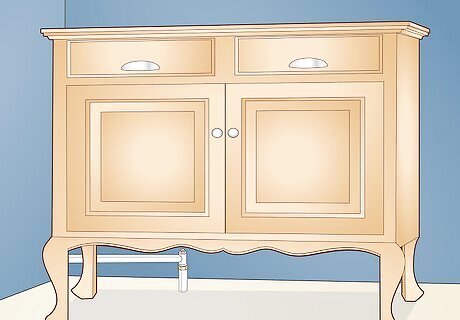
Cover low pipes with a standing piece of furniture if they’re small. If you have radiator pipes near your baseboards, find a piece of furniture with thick legs. Place the furniture in front of the wall, but be careful not to lean the furniture against the pipes in case they get hot. If you have woodworking skills, you can also build a piece of furniture to fit around your pipes by making cutouts in the back that fit around them.
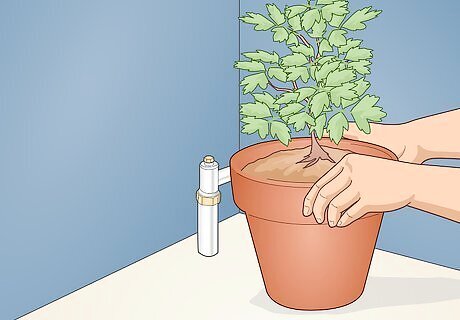
Add a large houseplant in front of the pipes for an easy solution. Find a houseplant that stands up tall, like a money tree or an umbrella plant, or use a climbing plant, like ivy. Set the plant in a pot in front of your pipes to distract the eye. You can also hang plants from your ceiling if your pipes go all the way up your wall.
Covering the Pipes with Wood
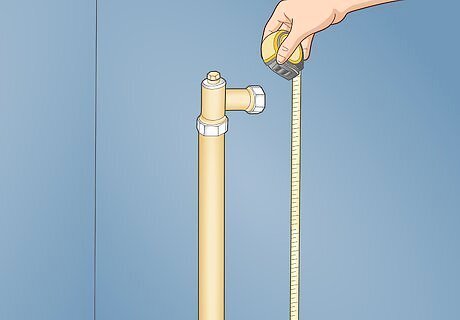
Measure the height and width of your pipes. Use a tape measure to find the measurement of how tall your pipes are. Then, measure how wide your pipes are so you can create an accurate covering for them.
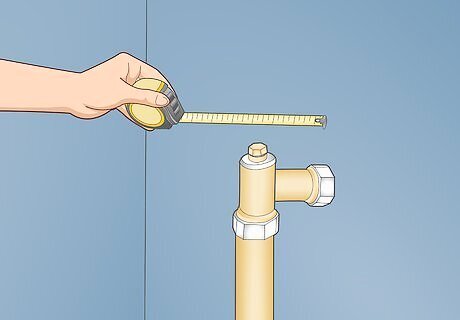
Measure how far your pipes stick out from the wall. Measure from the wall out to the front of the pipes and write that number down. This will tell you how much your wood needs to stick out from the wall. Try to make your measurements exact so that your wood piece fits snugly around the pipes.
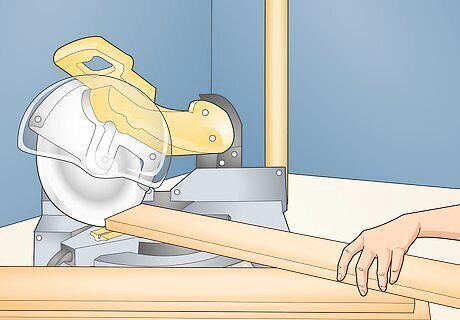
Cut 3 boards to the height of your pipes. Depending on how much your pipes stick out, you can use 2 x 4s or something skinnier. Mark the height of your pipes on each board and use a table or hand saw to cut them down to size. Once you cut the first piece of wood, you can use it as a guide for the next 2.

Glue 3 boards together to cover each side of the pipes. Use wood glue to attach these boards together so that they form a rectangle with 1 open side. Clamp the boards together while they dry to keep them in place. Let the wood glue dry overnight before you use your boards again.
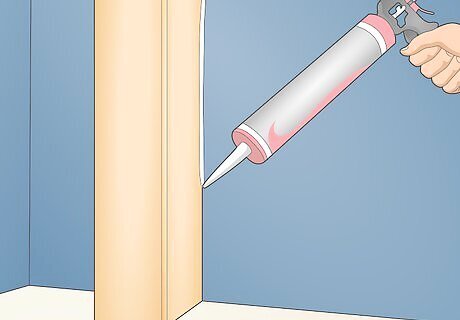
Attach the boards over your pipes with caulk. Place the wooden boards over your pipes so that they are flush with the ground and the ceiling. Push the boards up against the wall so they cover the pipes completely, then use caulk to attach the boards to the wall. You can find caulk at most hardware stores.
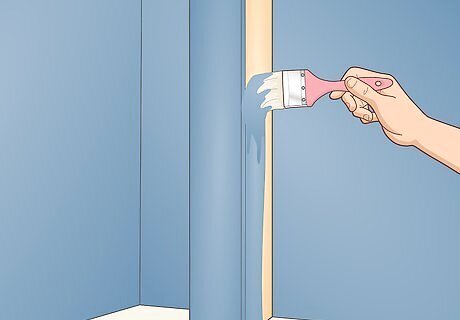
Paint the wood and the caulk the same color as your walls. Find the paint color that you used to paint your walls with and paint a layer onto your wooden boards. If you have wooden panels on your walls, you can stain the wood to match the color instead.Tip: If you have baseboards or moulding, you can cut the wooden boards so they sit on top or underneath of your baseboards and moulding.




















Comments
0 comment